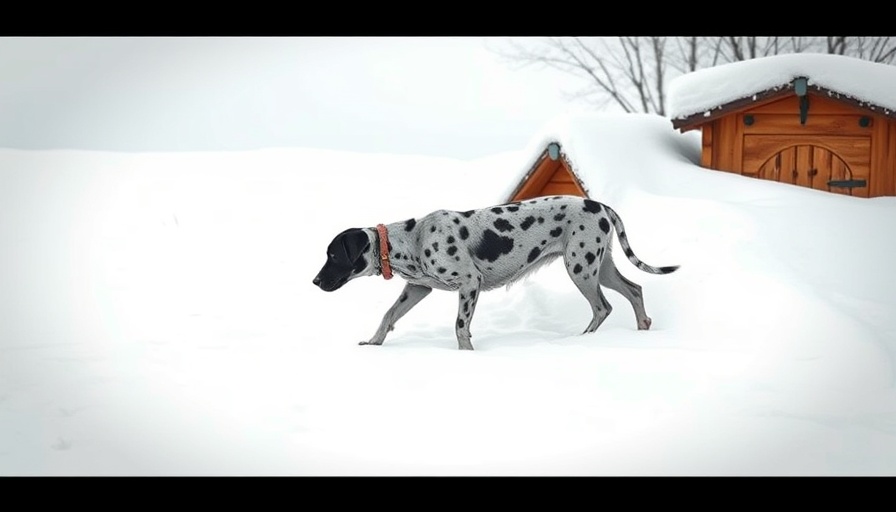
Keeping Your Dog Cozy: The Essentials for a Winter Dog House
The cold winter months can pose a challenge for pet owners wanting to keep their dogs comfortable outdoors. To best equip your furry friend, understanding their specific needs based on breed and size is crucial. Larger breeds like Alaskan Malamutes tend to handle the chilly weather better than smaller breeds such as Chihuahuas, who may struggle with the cold.
What to Include in an Outside Dog House for Warmth
Insulation is key! Make sure your dog house is properly insulated to keep the warmth in. A floor raised several inches off the ground with straw or hay can act as a natural insulator. Additionally, a sloped roof will help deflect rain and snow, ensuring your dog remains dry and comfortable. Inside, consider using more straw or a soft, warm blanket for added comfort.
Essential Tips for Winter Dog Care
First and foremost, avoid leaving your dog outside for extended periods during harsh weather. Limit their time outdoors to short potty breaks and brief walks. Monitor your dog's well-being; watch for signs of frostbite or hypothermia, such as shivering, lethargy, or unusual behavior.
Layers Matter: Dress Your Dog for the Weather
Sometimes, our pets might need extra protection beyond what their fur provides. For those cold winter walks, a dog coat or sweater can be incredibly helpful, especially for smaller dogs or breeds with shorter hair. Don't forget about their paws! Ice and deicers can harm sensitive paws, so wipe them down after walks.
Creating a Safe Outdoor Environment
Your outdoor space should be a safe haven for your dog. Always keep them on a leash while outside, even if they are well-trained; this prevents them from straying too far, especially in snowy conditions. Additionally, consider setting up warming stations in your home where they can come inside and regain warmth after outside play.
Essential Precautions: Know the Symptoms
As pet owners, it’s our responsibility to ensure our dogs are safe during the colder months. Familiarize yourself with symptoms of cold-related illnesses, including blisters, ulcers, and skin discoloration. Always consult your veterinarian if you fear your dog is suffering from frostbite or hypothermia.
Concluding Thoughts: The Journey to a Cozy Pup
Understanding your dog's needs can significantly enhance their winter experience. By taking the right precautions and preparing their outdoor space carefully, you can ensure that your furry friend stays warm, cozy, and happy even when the temperatures drop. Stay vigilant, check in frequently on your pets outdoors, and provide the loving care that keeps them comfortable.
 Add Row
Add Row  Add
Add 




Write A Comment